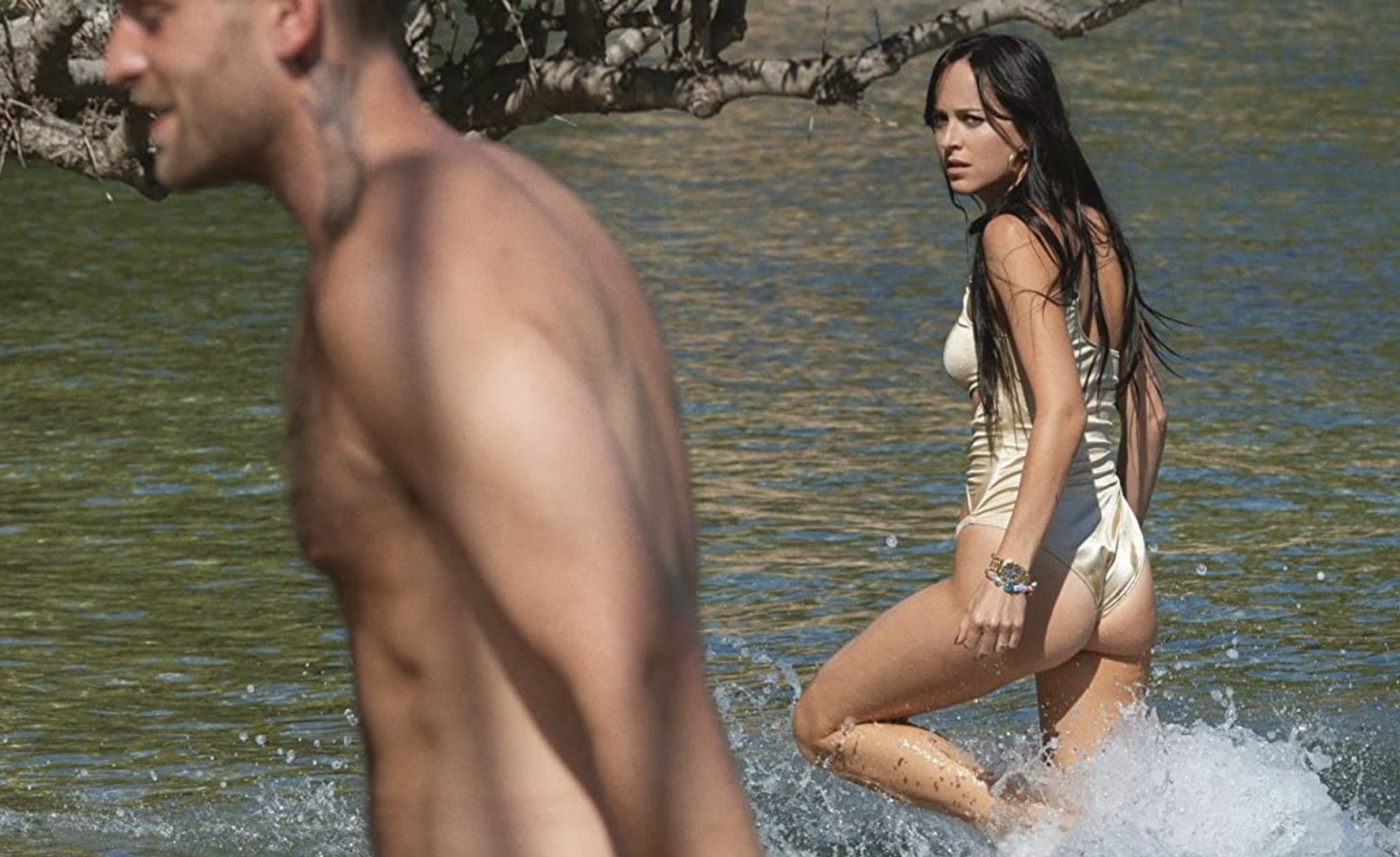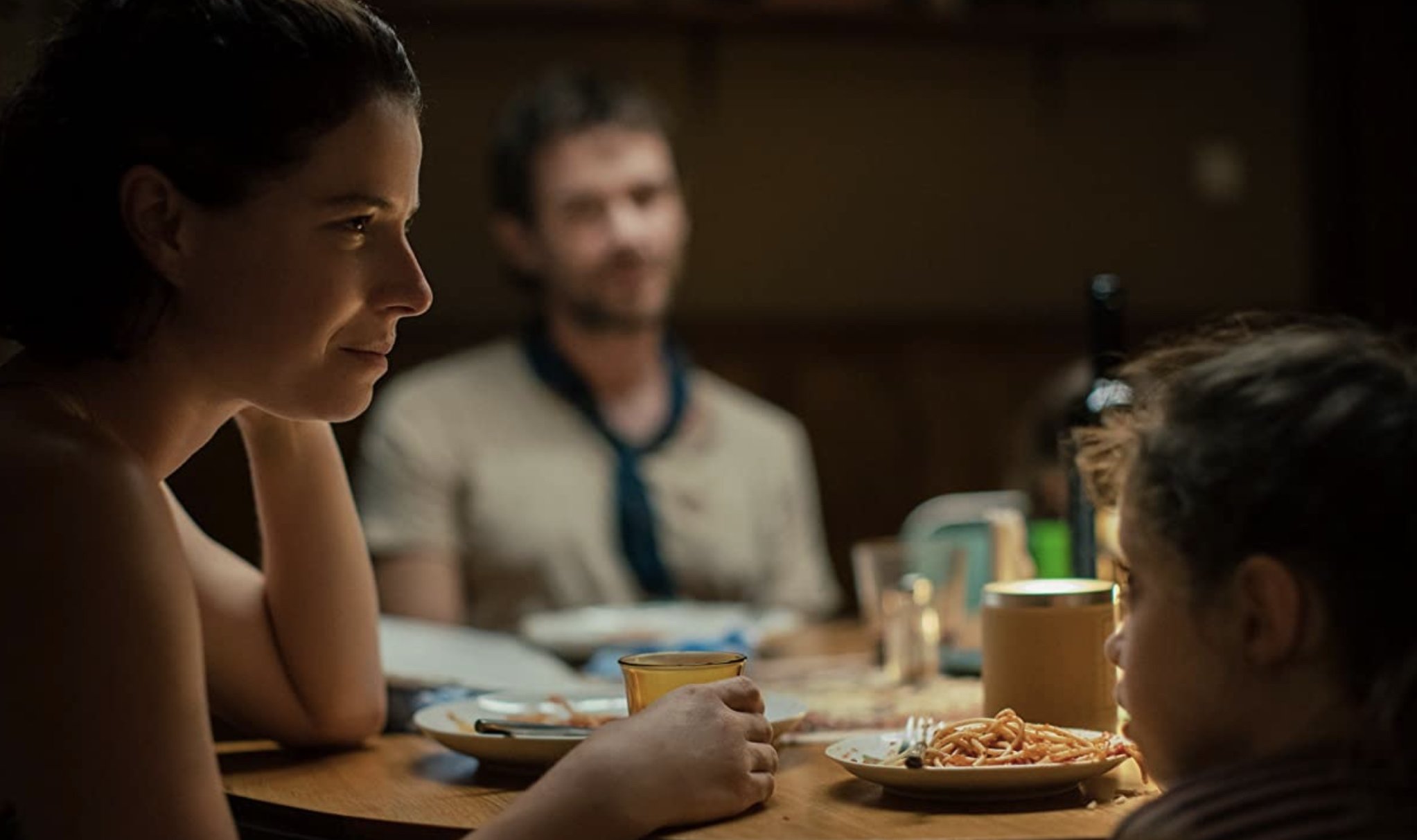The Lost Daughter (dir. Maggie Gyllenhaal, 2021) — Review
Read The Lost Daughter screenplay PDF here for personal, educational use.
Olivia Colman incarnates ‘mumsy’ energy. From her start in British small-screen cringe comedy to her adorably tearful Oscars acceptance speech, the actress’s big-eyed, beaming presence has offered a rich canvas to filmmakers looking to toy with their audience’s expectations. Maggie Gyllenhaal, in her directorial debut, becomes the latest participant in this august tradition, with a film that breaks the omertà on the turmoil bubbling behind even the most maternal exterior.
With a rich palette of visual metaphor, drawing equally on its stars and its cinematography, Gyllenhaal’s movie sets out to push the uncomfortable yet truthful narrative that motherhood can destroy an old life, as well as creating a new one. An adaptation of Elena Ferrante’s lesser-known novel, The Lost Daughter relinquishes much of the Neapolitan detail which pervades the book along with some of its message about parenting in a brutally masculine environment. However, in exchange it gains a cast, and a narrative tone, which manage to universalize the sad, sinister undertones of becoming a ‘good mother’.
Gyllenhaal relocates the story from Naples to a Greek island, where Colman’s Leda, a British-born literature professor, arrives on a working holiday, brimming with an endearing middle-aged enthusiasm that wouldn’t be out of place amongst Donna and the Dynamites from Mamma Mia! Yet the film quickly sets to work excavating the battered interior life of its main character, cutting through the sunny, family-friendly reality around her with sights and sounds — a bowl of rotting fruit, a prescient shot of a knife — that draw the audience into Leda’s memory of a life before. The catalyst for her interior collapse barely registers with the rambunctious Italian-American family staying next door: young mother Nina (Dakota Johnson) briefly loses her daughter, triggering a flashback to Leda’s own struggles as a twentysomething mother, played by Jessie Buckley.
The film deploys the familiar tools of thwarted lusts, loaded visual metaphors, and elaborate glance choreography which have driven many a Netflix drama before now; yet in this case, there is no big unmasking of some unspeakable monster or juicy atrocity. The ‘villain’ appears only in the soft, maternal, eminently huggable form of Olivia Colman, turning her varied ability to draw tragedy from the most bizarrely banal characters to maximum effect: as a woman who does not love being a mother, her great crime (and the source of the traumatic guilt, rage and violence simmering in her harmless-looking head) consists of leaving her daughters with her husband to pursue a career.
The Lost Daughter draws an endless loop from its titular theme — the question of who may have been lost, or found, in any given domestic drama. With daughters, mothers, memories and guilt interweaving and changing places in the protagonist’s head, with no regard for linear narrative, the story offers almost a bleakly tragic echo of the chicken and the egg: whose identity was destroyed first? Taking place largely in Leda’s memory, and immersing the audience in the apparently mundane events of an apparently mundane woman’s life — from a past frisson with a pretentious professor (Peter Sarsgaard), to her present obsession with the young Nina — the film squarely reframes the ‘small drama’ of motherhood as a form of endless, inadmissible torture. By relinquishing the novel’s setting in Naples, the film loses Ferrante’s delicate yet insistent portrayal of generations of community trauma, with women forced to be simultaneously soft and resilient, sexualized and saintly. Yet if anyone can capture this sense of transcendent, soul-destroying duality, it is, as ever, Colman.





